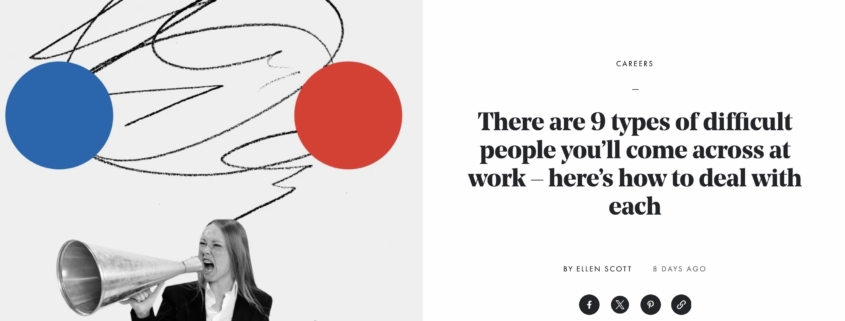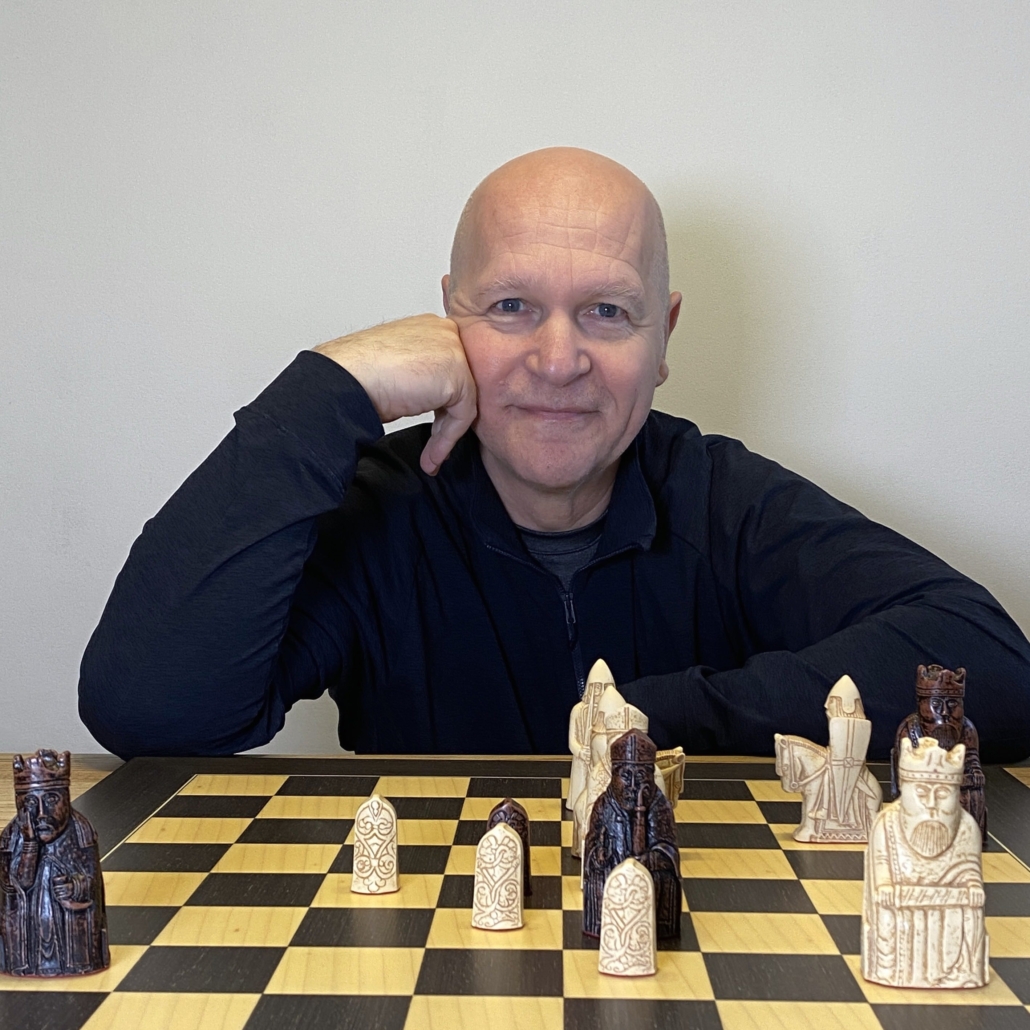The Revolutionary – Difficult Person Type 5
If you’re working with someone and it feels like you’ve grabbed a tiger by the tail, you might have a Revolutionary on your hands.
The Revolutionary is Type 5 of my 9 Types of Difficult People.
Revolutionaries bring passion and audacity in big doses. They know that to change one thing you often need to change three others first, and that you cannot make an omelette without breaking eggs.
Revolutionaries bring passion and audacity in big doses. They know that to change one thing, you often have to change three others first, and that you can’t make an omelette without breaking eggs.
But that drive to change everything, and to do it fast, can cause problems at work:
- They often go too far and end up treading on people’s toes.
- They can move so quickly that they risk burning themselves—and their allies—out.
- They grasp new systems and connections at speed, but don’t always see that others need time to build consensus.
If you are leading a Revolutionary, be sure you really want that tiger by the tail, and be ready to clear the path for them and repair relationships along the way. With the right leadership they can become truly transformational – watch this video to find out how.






